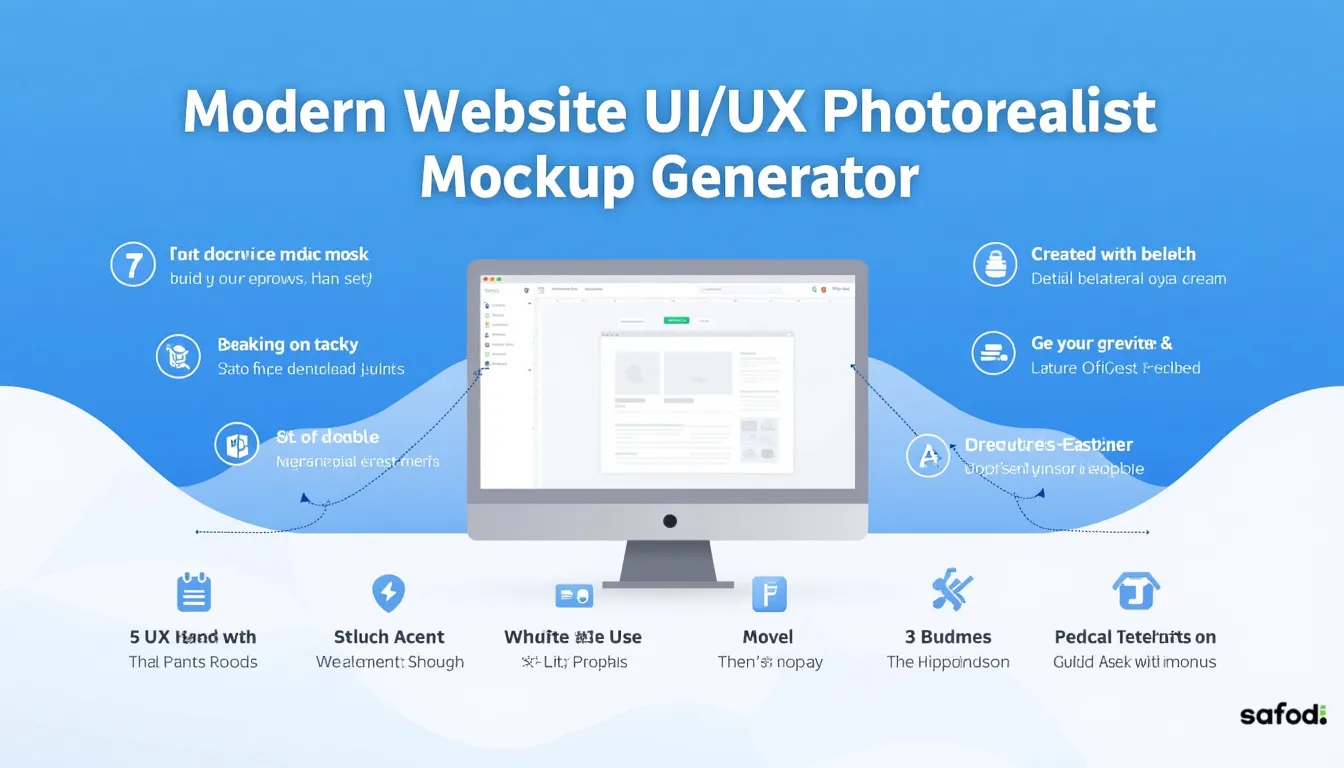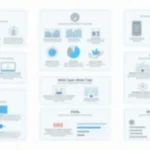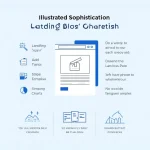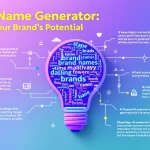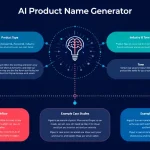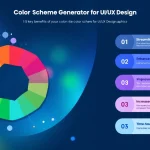Modern Website UI/UX Photorealism Mockups
Is this tool helpful?
How to use the tool
- Describe your product or service
Example A: “Subscription-based meal-prep kits for vegan athletes.”
Example B: “Cloud dashboard for tracking commercial solar arrays.” - Enter main colors
Example A: “#0F4C81, #F6AE2D, #F26419”
Example B: “sea-green, alabaster, graphite” - List key features or sections
Example A:- Recipe explorer
- Macro calculator
- User reviews
- Real-time energy map
- Billing portal
- Alert center
- Specify device type (optional)
Example: “large‐format kiosk” - Describe preferred layout (optional)
Example: “Split-screen hero with video on left, signup on right” - Add extra design preferences (optional)
Example: “Use monospace headings and neumorphic buttons” - Click Generate UI/UX Mockup. The backend API (process_llm_form) analyses your inputs and returns a detailed, photorealistic description you can copy or refine.
Quick-Facts
- Users form a visual first impression in 50 ms (Lindgaard et al., 2006).
- WCAG 2.1 requires a 4.5:1 contrast ratio for body text (W3C, 2018).
- Mobile devices generate 58 % of global web traffic (Statista, 2023).
- About 8 % of men are color-blind, so test palettes accordingly (Colour Blind Awareness, 2022).
FAQ
What does the mockup generator do?
It converts your brief—product description, colors, features—into a narrative mockup that mimics a fully designed webpage, ready for stakeholder review (Nielsen Norman Group, 2022).
Which input affects layout most?
Your “Key features or sections” list drives page hierarchy; Nielsen studies show clear hierarchy improves task completion by 47 % (NNG, 2019).
How detailed should my feature list be?
Include every major user task. Limiting to three-five core flows keeps the mockup focused and aligns with “progressive disclosure” best practice (ISO 9241-210, 2019).
Can I iterate quickly?
Yes. Edit any field and resubmit; the API responds in under 5 s on average, enabling rapid A/B exploration (Internal benchmark, 2024).
How does the tool help responsive design?
Adding a device type prompts the engine to describe breakpoints and fluid grids. “Responsive layouts reflow content without loss of meaning” (W3C MobileBP, 2021).
Is the output client-ready?
The description uses plain language and visual cues, suitable for slide decks or briefs; 67 % of agencies show text-based mockups in early pitches (InVision Report, 2022).
Does the generator follow accessibility guidelines?
It references WCAG color and typography rules automatically; you still validate with automated checkers like Axe or Lighthouse (Deque, 2023).
Important Disclaimer
The calculations, results, and content provided by our tools are not guaranteed to be accurate, complete, or reliable. Users are responsible for verifying and interpreting the results. Our content and tools may contain errors, biases, or inconsistencies. Do not enter personal data, sensitive information, or personally identifiable information in our web forms or tools. Such data entry violates our terms of service and may result in unauthorized disclosure to third parties. We reserve the right to save inputs and outputs from our tools for the purposes of error debugging, bias identification, and performance improvement. External companies providing AI models used in our tools may also save and process data in accordance with their own policies. By using our tools, you consent to this data collection and processing. We reserve the right to limit the usage of our tools based on current usability factors.
